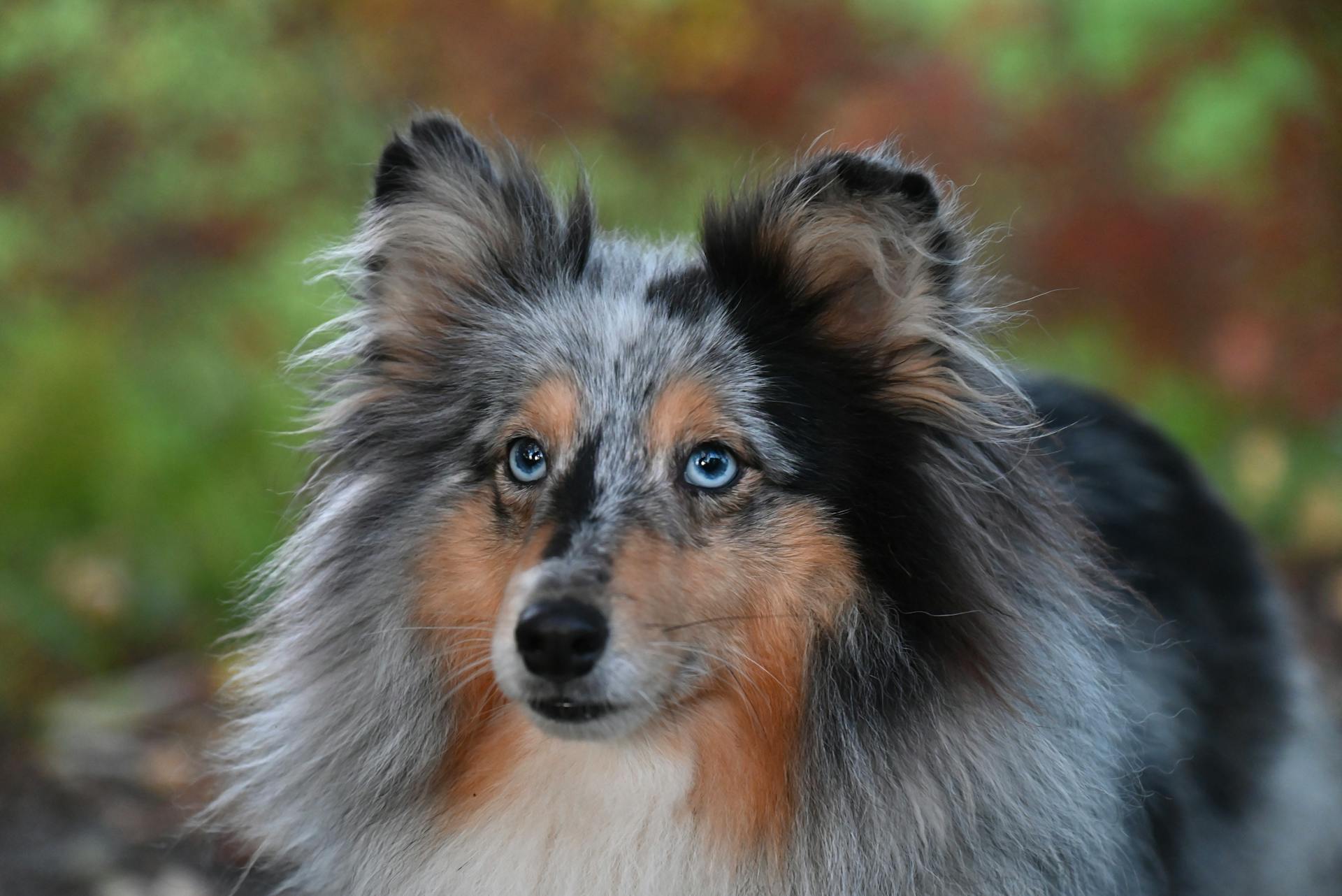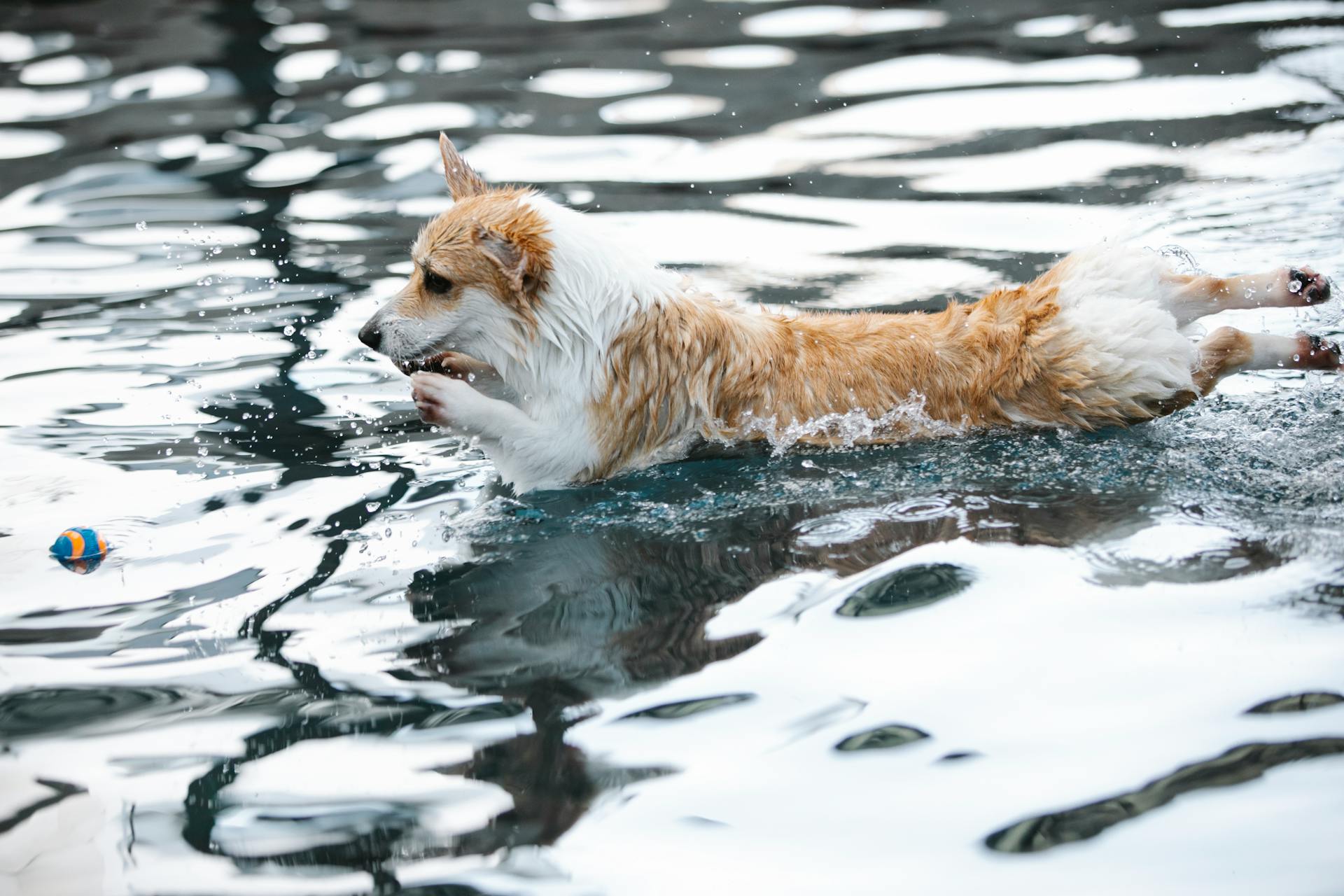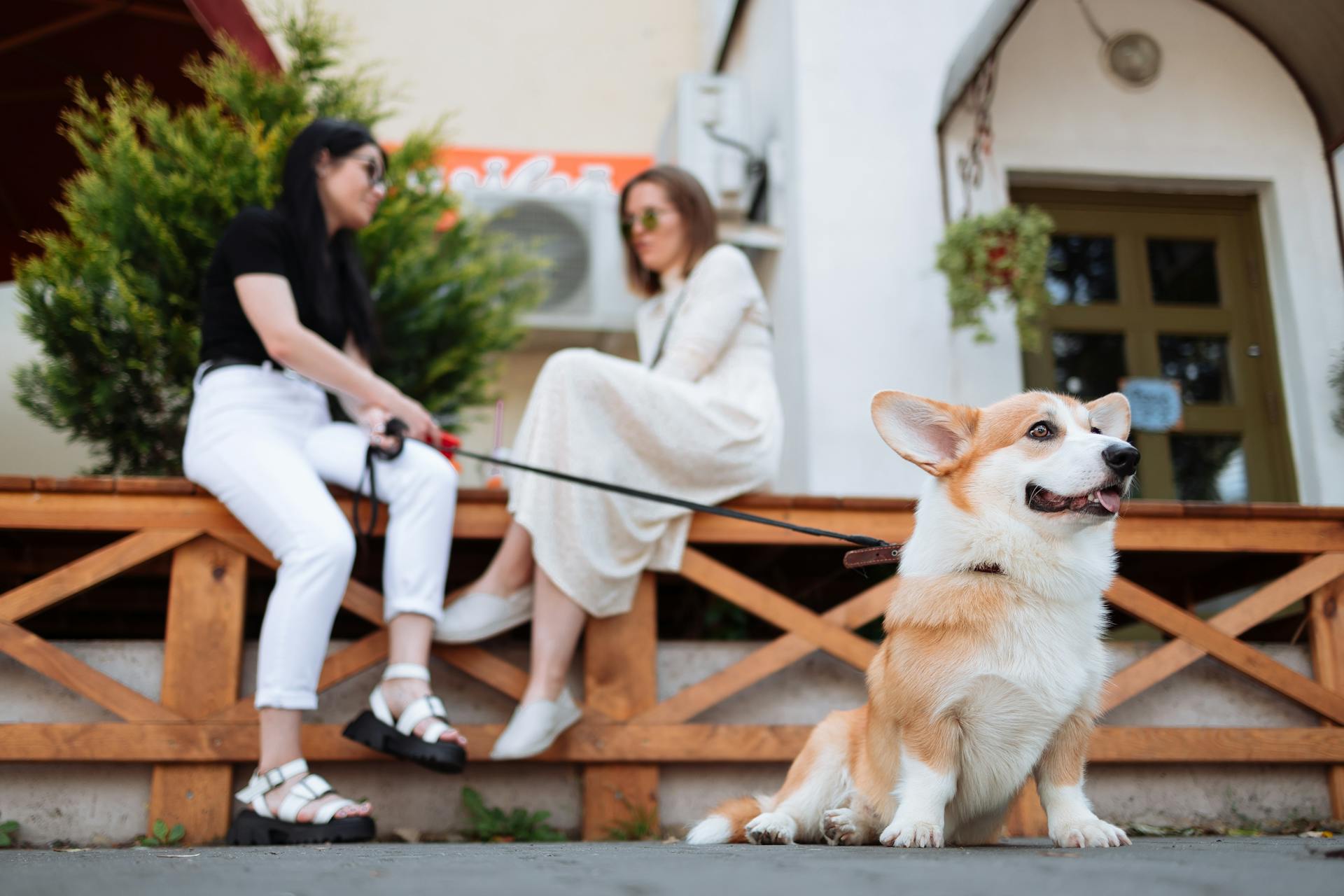
Shetland Sheepdogs, or Shelties, have been bred for centuries to herd livestock, particularly sheep, on the Shetland Islands. They're naturally suited for this task due to their intelligence, agility, and strong herding instinct.
Shelties are highly trainable and thrive on mental and physical stimulation, making them an excellent choice for herding. They're also relatively small in size, which allows them to navigate tight spaces and keep up with larger animals.
With proper training and socialization, Shelties can become skilled herders, capable of handling a variety of tasks such as moving sheep from one field to another. Their strong work ethic and loyalty to their handlers make them a popular choice for farmers and herders.
History of Shetland Sheepdogs
The Shetland Sheepdog's history is fascinating. They first made an appearance in the 1700s when Scottish farmers imported Scandinavian herding dogs to the Shetland islands.
It's believed that these early dogs were Spitz breeds, crossed with other herding dogs to create the Shetland Sheepdog. The Scottish Collie is thought to be one of the breeds used in their development.
The Shetland Sheepdog was originally developed in the Shetland Islands in Scotland, which is also how they got their name. They're known for being very protective of their family and quick to bark to let you know someone's coming.
They were first recognized by the English Kennel Club in 1909 as a Scottish or Shetland Collie, before being officially recognized by the AKC in 1911.
Sheepdogs Emerged in the 1700s
Shetland Sheepdogs first made an appearance in the 1700s. They were likely Spitz breeds imported from Scandinavia to the Shetland islands by Scottish farmers.
These early herding dogs were crossed with other breeds to create the Shetland Sheepdog. The exact breeds used to develop the Shetland Sheepdog are still up for debate.
The Shetland Sheepdog was further developed by crossing it with other small dogs, such as the Pomeranian or King Charles spaniels. This led to the modern development of a miniature dog with a distinctive Rough Collie appearance.
The Shetland Sheepdog's ancestors were likely Spitz breeds, which is a type of herding dog.
Early Shelties Were Smaller
Early Shelties were significantly smaller than the Shetland Sheepdogs we know today, standing at around 8 to 10 inches tall.
According to the American Kennel Club, early Shelties were slightly smaller than modern Shelties, which have a height of 13 to 16 inches.
The breed standard has changed over time, with modern Shelties now standing 13-16 inches at the shoulder, whereas early Shelties were much smaller.
Early Shelties were a testament to the breed's adaptability and ability to thrive in challenging environments, despite their small size.
The AKC breed standards highlight the difference in size between early and modern Shelties, providing a fascinating glimpse into the breed's history and evolution.
Physical Characteristics
The Shetland Sheepdog, also known as the Sheltie, is a small to medium-sized dog with a compact body.
They typically weigh between 25-40 pounds and stand about 13-16 inches tall at the shoulder.
Their eyes are almond-shaped and range in color from brown to blue to a combination of both.
Their ears are triangular and erect, always perked up and alert.
Their coat is double-layered, with a soft undercoat and a harsh outer coat that sheds heavily.
Shelties often have a white tip on the end of their tail.
Their nails are black and curved, perfect for gripping the ground while herding.
Their paws are small and oval-shaped, with five toes in the front and four in the back.
Their legs are straight and muscular, built for agility and endurance.
Their back is straight and level, with a slight arch over the loin.
Their head is wedge-shaped, with a well-defined stop and a black nose.
Their jaws are strong and muscular, capable of holding onto a sheep's wool.
Their teeth are small and even, with a scissor bite.
Their neck is long and muscular, allowing them to move freely and easily.
Their body is symmetrical, with a well-proportioned chest and a level topline.
Their tail is long and feathery, carried low when they're not herding.
Their overall appearance is that of a small, agile dog with a big personality.
Discover more: Rhodesian Ridgeback Muscular
Breed Overview
Shelties are highly intelligent and thrive on mental and physical stimulation. They're known to excel in various dog sports, including AKC Rally, agility, herding, and obedience.
Their intelligence and trainability make them a popular choice for service and therapy work, as well as medical alert dogs. They love learning new things and respond well to patient and fun training.
Shelties are considered extremely intelligent and are often described as a "Collie in miniature."
Collies vs. Sheepdogs
Collies and sheepdogs are often confused with each other due to their similar herding abilities. They both originated in the British Isles and were bred to herd sheep and other livestock.
The Shetland sheepdog, also known as a Sheltie, is a specific breed that was developed in the Shetland Islands to herd sheep in the rugged terrain. They are known for their intelligence, agility, and strong herding instincts.
Collies, on the other hand, were bred to herd sheep in the Scottish Highlands and are known for their loyalty and protective nature. They are often used as guard dogs.
You might like: What Do Corgis Herd
While both breeds are excellent herders, they have distinct characteristics that set them apart. Shelties are generally smaller and more energetic than collies, requiring more exercise and mental stimulation.
In terms of herding style, Shelties tend to be more intense and focused, using their intelligence and agility to outmaneuver the sheep. Collies, by contrast, are more laid-back and use their loyalty and protective nature to keep the flock together.
Ultimately, the choice between a Sheltie and a collie depends on your personal preferences and needs. If you're looking for a high-energy breed that excels at agility and obedience, a Sheltie may be the better choice.
See what others are reading: Pembroke Welsh Corgi Agility
Frequently Asked Questions
Are Shelties as smart as border collies?
Shetland Sheepdogs (Shelties) are highly intelligent, ranking close to Border Collies in canine intelligence. Their intelligence makes them relatively easy to train, even with moderate energy levels.
Sources
- https://www.countryliving.com/uk/wildlife/g60454956/top-herding-dog-breeds/
- https://www.akc.org/dog-breeds/shetland-sheepdog/
- https://www.akc.org/expert-advice/lifestyle/fun-facts-shetland-sheepdog/
- https://www.yourpurebredpuppy.com/reviews/shelties.html
- https://www.dogster.com/dog-breeds/shetland-sheepdog-facts
Featured Images: pexels.com


